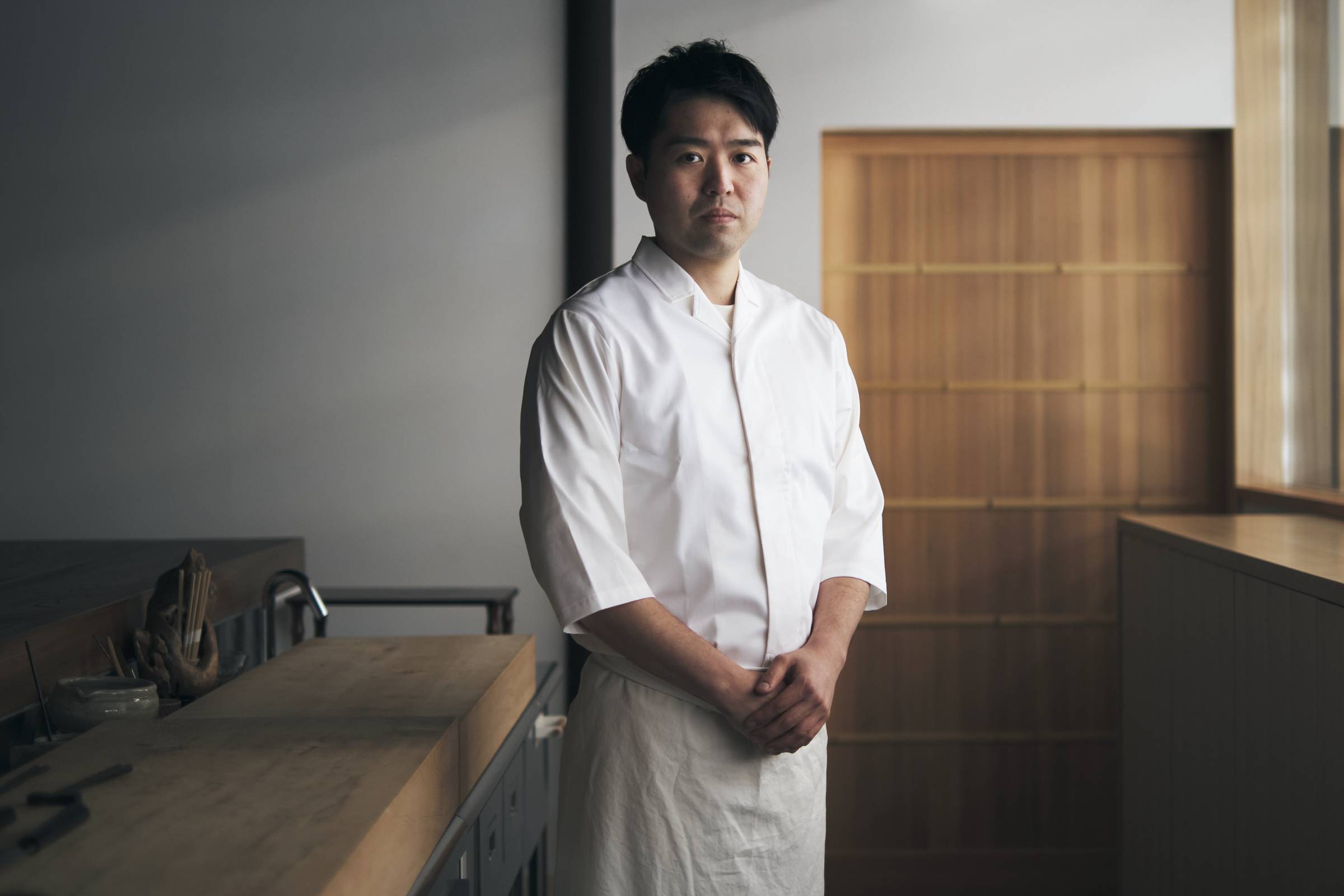Spring comes late to the town of Nishikawa in the uplands of Yamagata Prefecture. While residents of Tokyo and the lowlands are counting the days until the arrival of cherry blossom season and the onset of spring, here snow still covers the land two meters deep or more.
For this small mountain community close to the foot of Mount Gassan, life has never been easy, least of all in winter. Until just a generation ago, planning for the cold season meant laying in provisions to last as much as four months. Pickles and preserves played a vital role in the survival equation, along with whatever game the hunters could bring down from the woods.
Even now, after the snow retreats there is always an interval before local farmers can start harvesting their first crops. Fortunately, nature provides a welcome stopgap. Many of the first green shoots to appear in the fields, woods and hedgerows are edible wild plants, or sansai (literally "mountain vegetables"). In the past, they would often have made the difference between life and death.


















With your current subscription plan you can comment on stories. However, before writing your first comment, please create a display name in the Profile section of your subscriber account page.